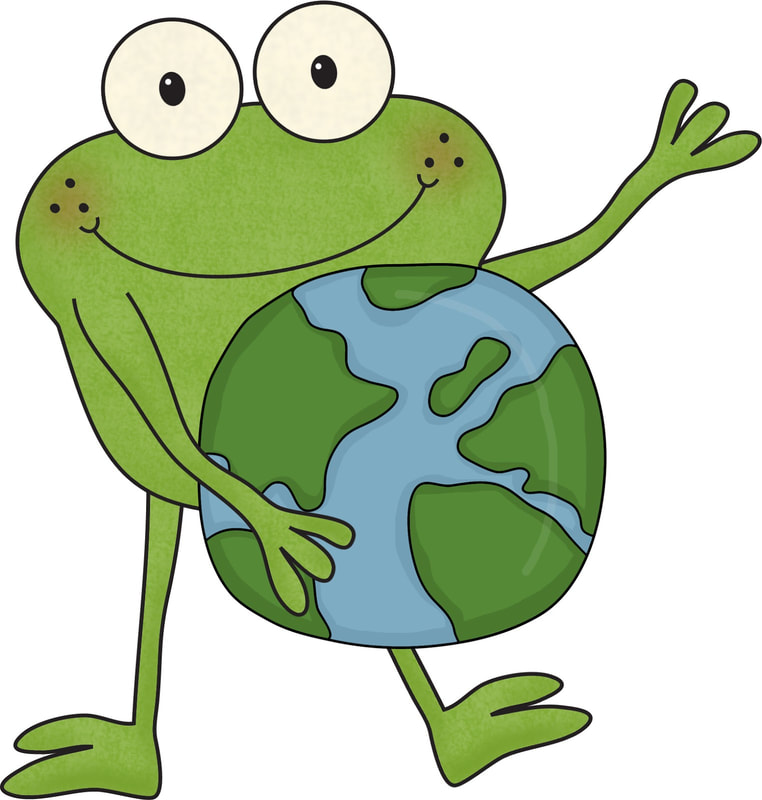The equator stretches 24, 901 miles ( (40,075 kilometers) around the world, yet it only travels through 13 countries or territories! The rest is water...lots and lots of water. Out of those 13 countries, seven are in Africa. Three are in South America. The remaining three are islands in the Pacific and Indian Oceans. And there's an interesting little fact; the landmasses of two of these countries do not touch the Earth's equator. How can that be, you might ask?
The countries of Sao Tome and Principe, Gabon, Republic of the Congo, the Democratic Republic of the Congo, Uganda, Kenya, Somalia, Maldives, Indonesia, Kiribati, Ecuador, Colombia, and Brazil all lie along the equator. But the landmasses of Maldives and Kiribati, however, do not touch the equator itself. Instead, the equator passes through water controlled by these two island countries. See? Perfectly logical explanation. But one I never thought of!
Most countries that lie along the equator experience much warmer temperatures year-round than other areas of the world that share the same elevation. That's because of the equator's near-constant exposure to the same levels of sun exposure regardless of the time of year. As a result, the countries that lie along the equators include almost half of the world's rainforest; they are concentrated in the African nations of Congo, Brazil, and Indonesia.
Despite all the countries having very warm weather, "the equator offers a surprisingly diverse climate due to the geographical features of countries that lie along its length. There is little fluctuation in temperature throughout the year, though there may be dramatic differences in rainfall and humidity, which are determined by wind currents. In fact, the terms summer, fall, winter, and spring don't really apply to regions along the equator. Instead, people who live in the especially humid tropic regions refer to only two seasons: wet and dry."
The equator can be a place of extremes, as well. Weather and climate relate not only to latitude but also to geography. Some countries that lie on the equator are flat and warm but others, like Ecuador, include high mountains where the weather is extremely cold. In fact, you will find snow and ice year-round on Cayambe, a volcano in Ecuador that reaches to 5,790 meters (nearly 19,000 feet). It is the only place on the equator where snow lies on the ground year-round.
That concludes our trip to the equator. I hope you learned a few things. I know I did! Normally, right about here, I would give you a hint about what I will be writing about tomorrow. But I can't do that today. You see, I'm in a bit of a quandary. There's a subject I really need to write about, but I find it extremely unpleasant. But the message is one of great importance and it might be useful if I helped to spread it. Or do I do my usual thing and write about something that is fun and will be of interest to the greatest number of readers? Guess I'll have to spend a bit more time mulling this over before I make my final decision. Whatever I decide to write about, I hope you'll drop back by tomorrow. Happy Monday and happy new week!
PEACE.

 RSS Feed
RSS Feed